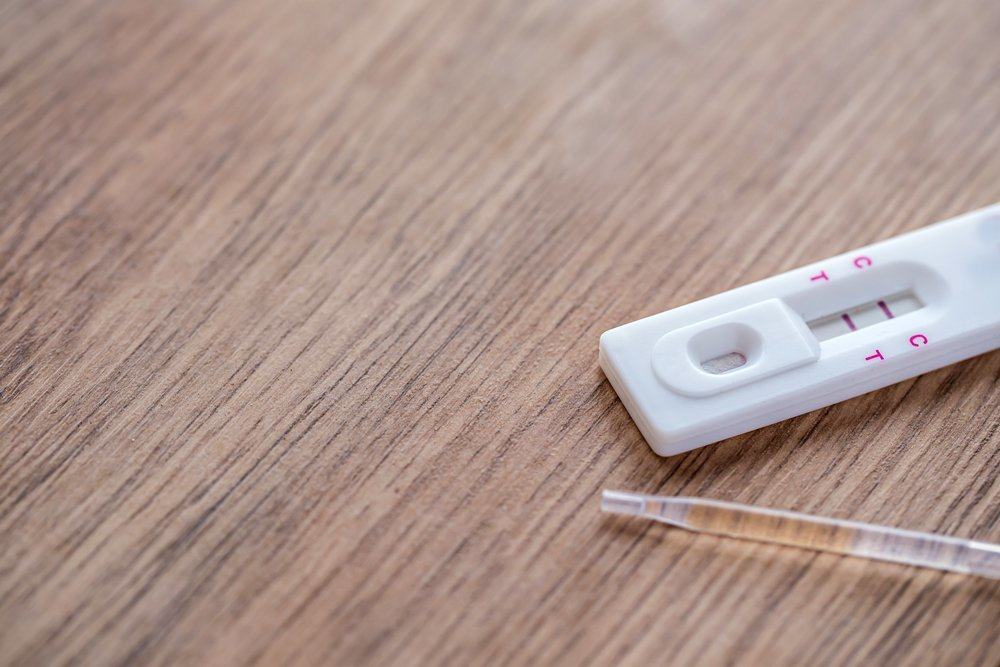Contents:
- Medical Video: Dr. Fakhouri performing a Trapeziectomy Procedure
- What is trapeziectomy?
- What should I know before undergoing trapeziectomy?
- What should I do before undergoing trapeziectomy?
- What is the trapeziectomy process?
- What should I do after undergoing trapeziectomy?
- What complications can occur?
Medical Video: Dr. Fakhouri performing a Trapeziectomy Procedure
Definition
What is trapeziectomy?
Trapezium is a cube-shaped bone in the wrist that is connected to the base of the thumb (trapeziometacarpal joint). The most common type of arthritis is osteoarthritis, a condition when the joints gradually become worn and torn. Arthritis makes wear of the cartilage that covers the surface of the joint, so that the bone below it becomes damaged. This causes pain and stiffness in the joints.
When should I undergo trapeziectomy?
Trapeziectomy can relieve the pain that arises. In addition, this procedure returns the function of your thumb.
Prevention & warning
What should I know before undergoing trapeziectomy?
The splint can be used to limit the movement of the thumb. In most people, steroid injections into the joint can reduce the pain that is felt. Damaged joints may be replaced with artificial joints made of metal and plastic. For young and active patients, it is recommended to undergo arthrodesis (the thumb bone is permanently combined into one using a screw).
Process
What should I do before undergoing trapeziectomy?
In the surgical preparation stage, make sure you tell your doctor about your health condition, the medications you are taking, as well as all kinds of allergies you have. The anesthesiologist will explain the anesthesia procedure and give further instructions. Make sure you follow all doctor's instructions, including a ban on eating and drinking before surgery. In general, you are required to fast for six hours before the surgery is carried out. However, you may be allowed to consume drinks like coffee a few hours before the surgery.
What is the trapeziectomy process?
Various anesthetic techniques may be used in this procedure. Surgery usually takes one hour to 90 minutes. The surgeon will make a small incision on the back of the hand at the base of the thumb, then lift the trapezium. The surgeon can arrange a ligament to connect the thumb to the patient's wrist using a tendon that works on the trapezium.
What should I do after undergoing trapeziectomy?
After surgery, you are allowed to go home the same day. Keep your hands raised for two weeks. Bandages or plaster casts will be removed after four to six weeks. Do light exercises for your thumb and other fingers to speed up the recovery process. Light exercise at the elbows and shoulders can also prevent stiffness. Regular exercise is also proven to accelerate the healing process. But before deciding to exercise, you should ask for a doctor's advice. The condition of the thumb will continue to increase until next year as patients begin to get used to using the thumb.
Complications
What complications can occur?
Every surgical procedure must have its own risks, including trapeziectomy. The surgeon will explain all kinds of risks that may occur after surgery. Common complications that can occur after surgery are the effects of post anesthesia, excessive bleeding, or blood clots in the deep vein (deep vein thrombosis or DVT). You can reduce the risk of complications by following the doctor's directions before surgery, such as fasting and stopping taking certain drugs.
Hello Health Group does not provide medical advice, diagnosis or treatment.











